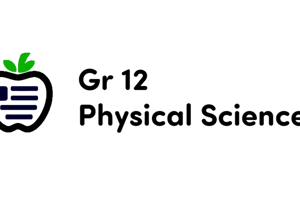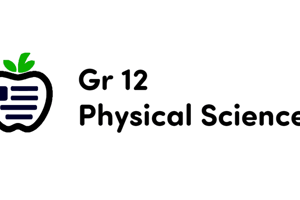Podcast
Questions and Answers
What is the direction of a force?
What is the direction of a force?
- The amount of force applied
- The magnitude of the force
- The type of force
- The direction in which the force is applied (correct)
Frictional force is a type of non-contact force.
Frictional force is a type of non-contact force.
False (B)
What is the unit of measurement for the magnitude of a force?
What is the unit of measurement for the magnitude of a force?
Newtons (N)
A force can cause an object to change its __________ or shape.
A force can cause an object to change its __________ or shape.
Which of Newton's laws states that an object at rest will remain at rest, and an object in motion will continue to move with a constant velocity, unless acted upon by an external force?
Which of Newton's laws states that an object at rest will remain at rest, and an object in motion will continue to move with a constant velocity, unless acted upon by an external force?
Match the following types of forces with their descriptions:
Match the following types of forces with their descriptions:
The resultant force acting on an object is always zero.
The resultant force acting on an object is always zero.
Flashcards are hidden until you start studying
Study Notes
Force
Definition
- A push or pull that causes an object to change its motion or shape
- A vector quantity, having both magnitude and direction
Types of Forces
- Contact Forces: occur when two objects are in physical contact
- Frictional force
- Normal force (force exerted by a surface on an object)
- Tension force (force exerted by a stretched string or wire)
- Non-Contact Forces: occur when two objects are not in physical contact
- Gravitational force
- Electromagnetic force
- Nuclear force
Characteristics of Force
- Magnitude: the amount of force applied, measured in units of Newtons (N)
- Direction: the direction in which the force is applied
- Resultant Force: the net force acting on an object, resulting from the addition of multiple forces
Newton's Laws of Motion
- First Law: an object at rest will remain at rest, and an object in motion will continue to move with a constant velocity, unless acted upon by an external force
- Second Law: the force applied to an object is equal to the mass of the object multiplied by its acceleration (F = ma)
- Third Law: for every action, there is an equal and opposite reaction
Force
Definition and Characteristics
- Force is a push or pull that changes an object's motion or shape
- It is a vector quantity with both magnitude (amount of force) and direction
- Magnitude is measured in units of Newtons (N)
- Direction is the way the force is applied
Types of Forces
Contact Forces
- Occur when two objects are in physical contact
- Includes:
- Frictional force
- Normal force (force exerted by a surface on an object)
- Tension force (force exerted by a stretched string or wire)
Non-Contact Forces
- Occur when two objects are not in physical contact
- Includes:
- Gravitational force
- Electromagnetic force
- Nuclear force
Newton's Laws of Motion
First Law
- An object at rest will remain at rest
- An object in motion will continue to move with a constant velocity
- Unless acted upon by an external force
Second Law
- Force (F) equals mass (m) multiplied by acceleration (a)
- F = ma
Third Law
- For every action, there is an equal and opposite reaction
Studying That Suits You
Use AI to generate personalized quizzes and flashcards to suit your learning preferences.




